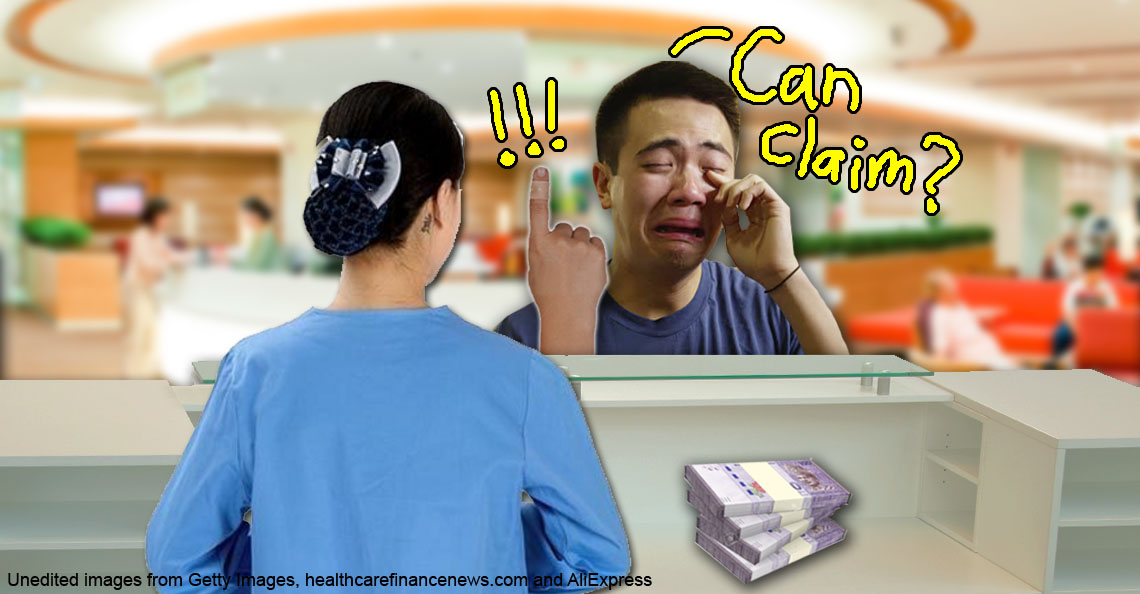An asylum in Sungai Buloh used ganja to treat leprosy. It actually worked
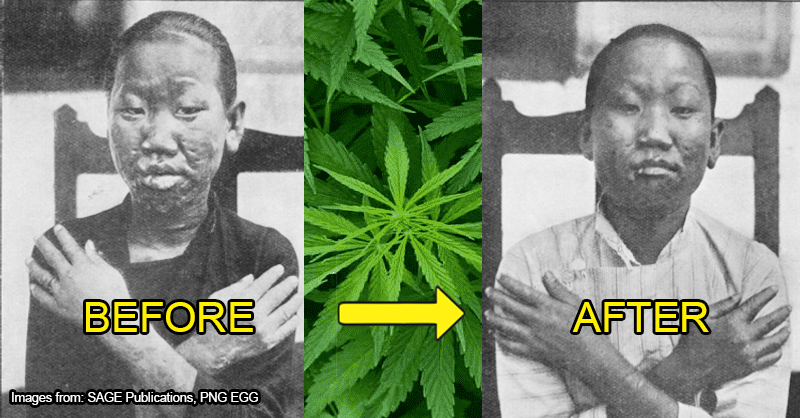
- 287Shares
- Facebook270
- Twitter4
- LinkedIn5
- Email4
- WhatsApp4
With Malaysia’s tough stance on drugs nowadays, it’s hard to believe that once upon a time, illegal substances such as cannabis and opium were widely consumed by the local populace. During the colonial days, opium was such a normal thing in Malayan culture that the Brits actually had to ban it because it was turning too many locals into unproductive sotongs.
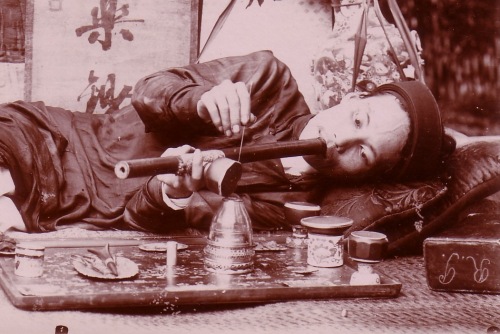
But perhaps a more controversial example would be the banning of cannabis/ganja across the world, which, going by what pro-legalization peeps claim, was more out of racism and economics, rather than it being an actual danger to society. And while Malaysia is currently moving towards decriminalizing cannabis for medical purposes, it turns out that way back in the 1920s, cannabis played a role in Malayan medicine, specifically in the treatment of leprosy.
Back then, leprosy was thought of as an ‘uncurable’ disease
If you’re a fan of the Game of Thrones spinoff series House of the Dragon, yes, this is that disease that King Viserys Targaryen suffers from. Leprosy (also known as Hansen’s disease) is a bacterial disease that attacks the skin, eyes, nose, and nerves, and can cause nasty skin sores, lumps, or bumps on visible areas of the body. It can also leave its sufferers paralyzed, disfigured, and in some extreme cases, dead. Sufferers of leprosy, known as lepers, were stigmatized throughout history, especially due to the fact that leprosy is contagious.

Because of this stigma (and the very real threat of spreading the disease), lepers were isolated from the rest of society, often on islands, or leper asylums. In 1922, the State Surgeon of Selangor, Dr Ernest Travers, was placed in charge of a one such asylum in Sungai Buloh, Selangor.
At the time, the asylum housed three hundred inmates who had mostly either been arrested due to their condition, or transferred from government hospitals. It was here that Dr Travers began documenting various treatments of leprosy, which had thus far yielded varying results.
However, from his observations, one particular concoction had proven to be extremely effective…
It was a Chinese medicine known as Tai Foong Chee, and it contained cannabis
During his time at the asylum, Dr Travers noticed nine Chinese lepers who did not display any visible signs of leprosy; five of whom actually showed no trace of the bacteria that causes it. He later found that these men had been taking a Chinese medicine they called ‘Tai Foong Chee’, which was a powder made up of 2 parts Tai Foong Chee (Hydnocarpus anthelminthica/Chaulmoogra tree), 2 parts Pak Chut Lai (Tribulus terrestris Linn./Gokshura plant), and 1 part Foh Mah Yan (cannabis indica/’SMOKAH ALLA DA GANJAAA’).

Yes, apparently back in the day, cannabis/hemp was huge in Chinese medicine; in fact, there’s even a Taoist hemp goddess known as Magu. Chinese pharma records from the day described it as:
“… a stimulant, and increases the action of the lungs, liver, and kidneys. Is used in the treatment of leprosy.” – Dr Ernest Travers, quoting an old Chinese pharmacopoeia
But just how effective was it at treating leprosy? Well, besides the aforementioned nine lepers, Dr Travers had it tested on 275 other patients over 3 months, of whom, 218 (79.3%) showed ‘definite improvement’. He then modified the mixture recipe, removing the gokshura and increasing the proportion of chaulmoogra seeds, and subsequent tests in KL with the updated version continued to produce positive results; patients mostly improved, with some even showing no trace of the leprosy bacteria after treatment.
So yes, for a disease that had no real cure at the time, pretty impressive.
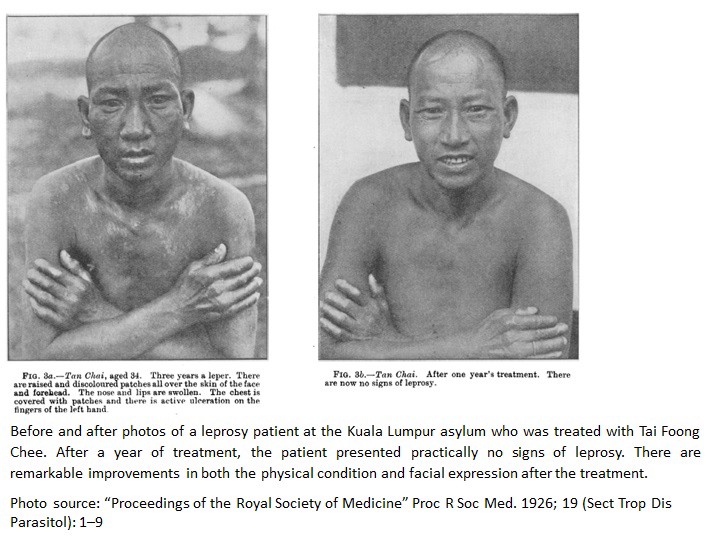
Malaysians might soon have access to medical cannabis yet again
Although leprosy is no longer seen as a major problem nowadays (thanks to the advent of medicine, especially antibiotics), it’s interesting to think that once upon a time in Malaya, a plant so controversial throughout the 20th century (and even now) played a role in treating one of the scariest diseases at the time.
It’s no wonder then, that the various medicinal uses and relative safety of cannabis have led to it being decriminalized across the world, with Malaysia set to make a decision on it by the ‘end of this year’, according to Health Minister Khairy Jamaluddin. With that being said, legalization for recreational use is, as of now, still off the table. Sorry, stoners.
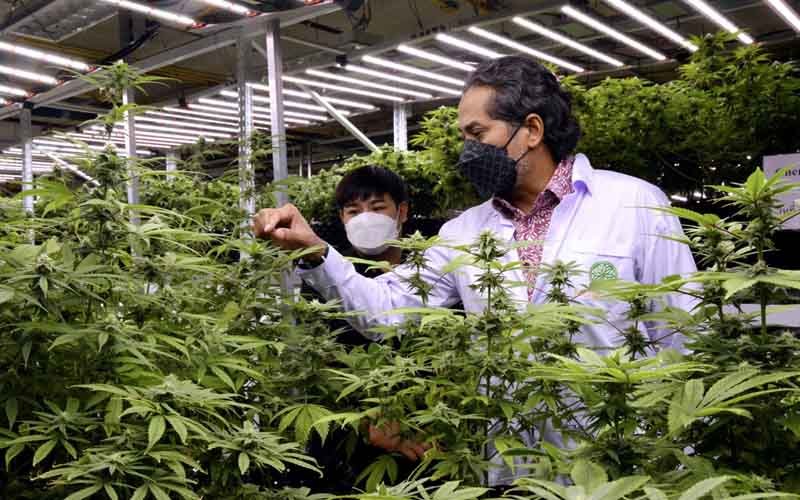
- 287Shares
- Facebook270
- Twitter4
- LinkedIn5
- Email4
- WhatsApp4


